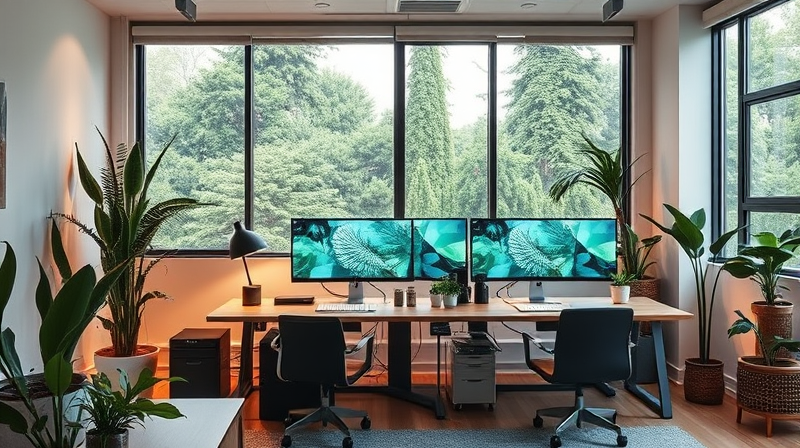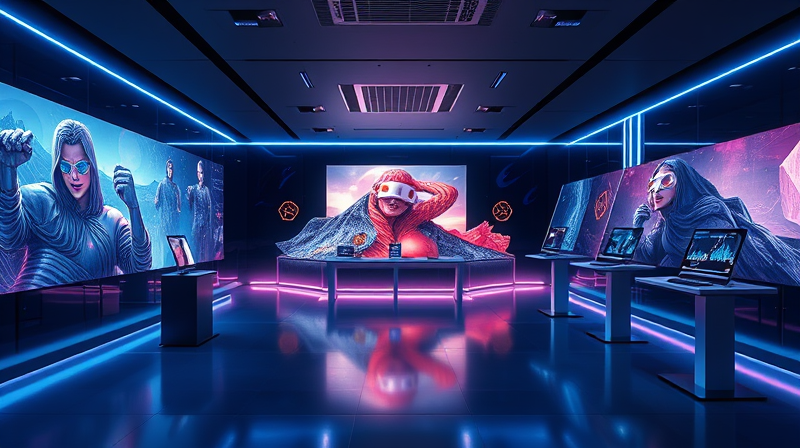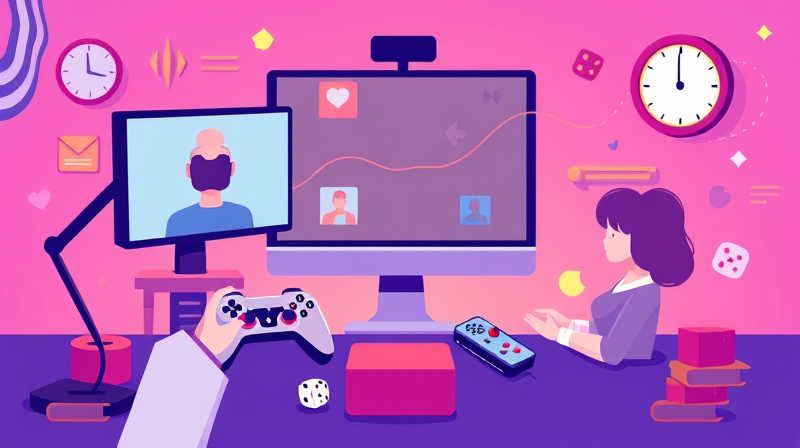In the vibrant landscape of 2025, professionals are increasingly tasked with striking a balance between work responsibilities and personal leisure. This evolving dynamic is not only about time management, but also about nurturing a mindset that embraces flexibility and prioritizes well-being. The quest for harmony between work and leisure has become an essential aspect of modern life, driving individuals and organizations to redefine success and satisfaction.
As work models change and personal priorities shift, many are learning that a well-rounded life is not achieved by sheer perseverance alone, but by making deliberate choices and setting boundaries. Balancing work commitments and leisure time means integrating innovation with self-care to create environments where productivity thrives alongside mental and emotional health.
Embracing the Hybrid Work Model
The rise of hybrid work has revolutionized the way we approach our daily routines. With nearly half of the global workforce now operating in hybrid setups, employers have witnessed enhanced flexibility and renewed focus on employee well-being. This arrangement offers the potential for reduced commute times, increased satisfaction, and higher productivity while presenting new challenges in maintaining clear boundaries.
Benefits of hybrid work include the opportunity to create a distinct separation between your professional and personal life. However, without proper planning, the lines can become blurred, leading to increased stress and burnout.
- Designate a workspace: Setting aside a dedicated work area can help establish a mental and physical boundary between career and personal time.
- Define work hours: Clearly communicating your work schedule to colleagues and family members reinforces your commitment to personal time.
- Use digital tools: Leveraging technology to manage tasks and time can help you stay organized and prevent work from bleeding into your leisure hours.
These strategies are fundamental in ensuring that while technology facilitates our work, it does not compromise our ability to unwind and enjoy life outside of the office.
The Role of Technology in Shaping Balance
Technology is a double-edged sword in the realm of work-life balance. On one hand, innovative tools and platforms enable remote work, streamline processes, and bolster efficiency. On the other hand, the continuous connectivity can lead to digital fatigue and emotional strain. Digital burnout is a growing concern, with many employees feeling overwhelmed by the constant influx of emails, notifications, and virtual meetings.
To mitigate the adverse effects of technology on leisure, it is important to adopt strategies that allow for intentional disconnects. Consider scheduling regular tech-free periods where you can recharge without the constant buzz of digital demands. Such practices help maintain a clear divide between the workday and personal time.
- Regular disconnect: Implementing tech-free intervals throughout the day encourages mental breaks and reduces digital fatigue.
- Screen time management: Utilize applications that assist in monitoring and limiting screen exposure, ensuring that leisure activities remain uninterrupted.
- Communication policies: Encourage a workplace culture where emails and messages do not extend beyond designated work hours.
Automation, AI, and the Creative Leap
One of the most significant advancements in the modern workplace is the integration of artificial intelligence and automation. These innovations are not merely streamlining mundane tasks; they are redefining the work landscape by freeing up more time for creative and personal pursuits. The implementation of AI has allowed many employees to reclaim hours that were once lost to repetitive tasks, offering them an opportunity to invest time in both professional development and personal enjoyment.
Yet, this transformation requires a conscious effort to stay relevant. Upskilling and continuous learning are essential so that professionals can adapt to new technologies while taking full advantage of the additional leisure time that automation offers.
Flexibility as a Key Motivator
Flexibility in the workplace is more than a trend; it is a vital component of a balanced lifestyle. Modern employees, particularly Millennials and Gen Z, prioritize personal and professional flexibility over traditional compensation. This preference highlights the importance of personalized work arrangements that align with individual lifestyles and values.
Employers can foster a balanced environment by offering varied work options, from remote work and flexible hours to wellness programs and personalized development plans. These flexible practices not only enhance job satisfaction but also bolster overall productivity and retention within organizations.
- Customized schedules: Allow employees the freedom to tailor their workday in a manner that respects their personal commitments.
- Values alignment: Encourage initiatives that resonate with the diverse values of a multigenerational workforce.
- Community building: Create spaces for interpersonal connections, fostering a culture of support and shared growth.
The Broader Impact: Health and Economic Implications
The balance between work and leisure is not just a personal goal but also an organizational imperative. Overextended work hours have been linked to numerous health issues, including stress and cardiovascular problems. When workers experience burnout, not only does it affect their personal well-being, but it also impacts overall workplace productivity.
On the contrary, maintaining a healthy balance can result in increased job satisfaction, lower employee turnover, and even an uplift in productivity. Companies that invest in the holistic welfare of their employees often enjoy improved performance metrics and a more dynamic, innovative work environment. Emphasizing a balanced approach is key to creating a sustainable and thriving business model.
By adopting policies that recognize the intrinsic value of leisure, organizations can drive significant improvements in both the quality of life for employees and their operational success. Encouraging manageable workloads, providing resources for personal development, and supporting mental health are all critical components of this balanced approach.
In conclusion, the evolving nature of work in 2025 presents unprecedented challenges and opportunities. Achieving a balance between professional obligations and personal leisure is more than a trend—it's a necessary evolution of our work culture. By embracing hybrid models, leveraging technology judiciously, fostering flexibility, and investing in employee health, individuals and organizations alike can thrive within this dynamic environment.
Understanding and implementing these strategies can empower you to create a life where professional success and personal fulfillment harmoniously coexist. Remember that each step taken towards this balance is a stride towards a healthier, more productive, and ultimately more satisfying life.







